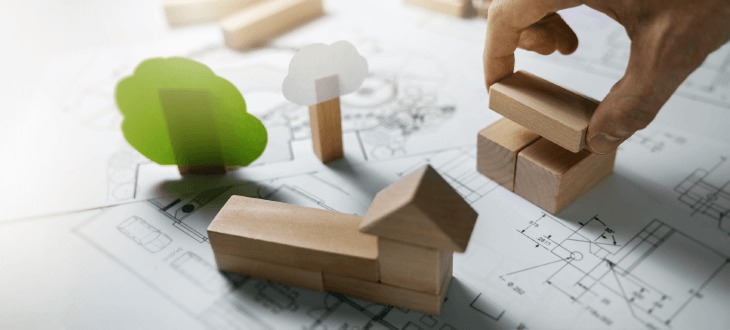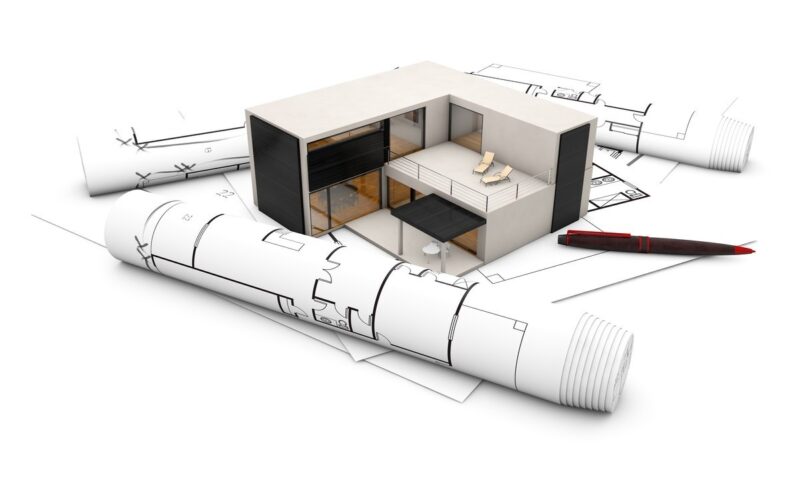Sustainability is no longer just a buzzword in construction — it’s a vital part of how the industry is evolving. From reducing carbon footprints to selecting eco-friendly materials, contractors and developers are increasingly integrating sustainable practices into every phase of the build.
Material Choices That Make a Difference

One of the most impactful decisions lies in choosing sustainable materials. Recycled steel, responsibly sourced timber, and low-emission concrete alternatives are becoming more mainstream. Fixings and fasteners also play a role, particularly when selected for durability and minimal environmental impact over their lifecycle.
In addition, builders are looking into innovative materials like hempcrete, bamboo, and mycelium-based composites, which offer not only environmental benefits but also new possibilities in terms of form, weight, and insulation properties.
Certifications such as FSC, Cradle to Cradle, and EPDs (Environmental Product Declarations) are increasingly used to ensure the credibility and traceability of these materials.
By opting for verified green materials, companies can also gain credits toward LEED and BREEAM certifications, further promoting a culture of environmental accountability.
Designing for Energy Efficiency
Modern construction places a strong emphasis on thermal performance, airtightness, and passive design. Well-installed insulation systems, intelligent ventilation, and energy-efficient facades can drastically cut energy usage in the long term. These approaches not only reduce environmental impact but also contribute to lower running costs for end users.
Moreover, architects and engineers are increasingly turning to building information modeling (BIM) tools to simulate energy performance and make data-driven design decisions.
Smart technologies, such as automated lighting, occupancy sensors, and AI-powered energy management systems, are being integrated from the design stage to optimize building performance over time.
By aligning building orientation and layout with natural daylight and prevailing wind directions, passive energy strategies are also being reinvigorated with modern techniques.
Minimising Waste on Site

A sustainable site is a well-managed one. By using modular systems, prefabricated components, and recyclable packaging, waste can be dramatically reduced.
Accurate planning and precise fixings contribute to this, ensuring materials are used efficiently with minimal excess.
Additionally, digital tools such as construction management software help in real-time inventory tracking, reducing over-ordering and unnecessary disposal.
On-site waste sorting and partnerships with local recycling centers further streamline the waste management process.
Where demolition is involved, deconstruction strategies are being employed to salvage reusable components, a practice that is both environmentally and economically favorable.
Partnering with the Right Suppliers

Choosing the right suppliers is key to building sustainably. Reputable companies that provide certified products, technical advice, and long-term durability contribute to better outcomes across the board.
For example, fischer offers a range of high-quality fixing systems that support sustainable construction goals by enhancing efficiency and reliability across projects.
Suppliers are also expected to demonstrate transparency in their own manufacturing processes.
Environmental audits, carbon footprint disclosures, and alignment with global sustainability frameworks are becoming critical criteria when selecting partners.
Collaboration and open communication with suppliers help ensure that sustainability remains a shared responsibility throughout the supply chain.
Sustainable building is not only beneficial for the planet — it also adds value to projects and meets the growing demand for responsible construction.
By adopting thoughtful practices and working with trusted suppliers, professionals can make meaningful contributions to a greener built environment.
As regulations tighten and clients become more eco-conscious, companies that lead in sustainable innovation will gain a clear competitive edge. Sustainability is not just the future — it’s the foundation of modern construction.


